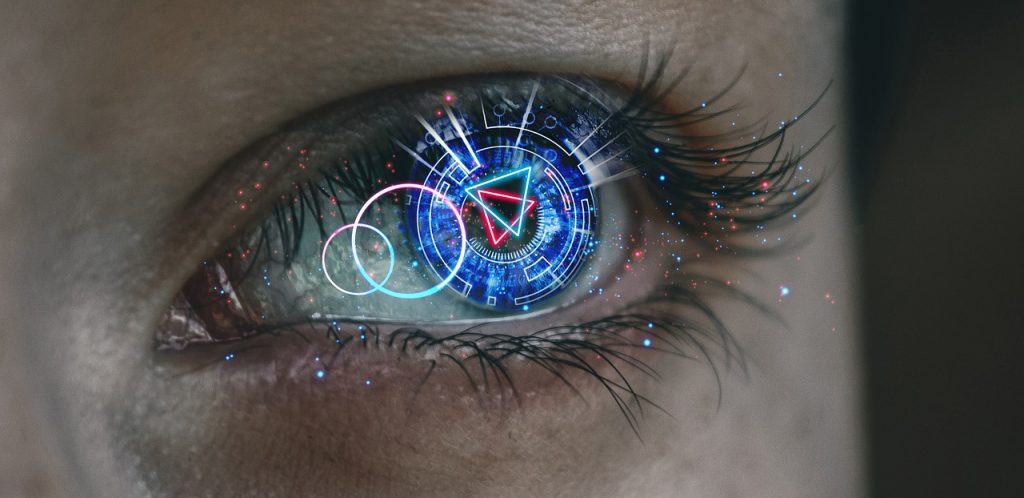Scientists Have Found A Way To Reverse Blindness
Researchers at Wuhan University of Science and Technology have discovered a way to restore vision in those suffering from Retinitis Pigmentosa by editing the enzyme of the gene that causes it.
This article is more than 2 years old

Researchers at Wuhan University of Science and Technology have made a breakthrough discovery that could potentially cure blindness for some people. The Chinese researchers have targeted a hereditary condition known as retinitis pigmentosa which is one of the most common causes of blindness in humans. The lab has been conducting experimental tests using mice and a genetic editing technique to correct the gene mutation that leads to the condition in both mice and humans.
According to the Good News Network, “The study team, from the Wuhan University of Science and Technology, hope this promising new method could soon be used to similarly restore people’s vision in years to come.” Retinitis Pigmentosa also known as RP affects one out of every 4,000 people on the planet. It can be caused by a mutation in one of 100 different genes in our individual genetic profiles.
A symptom of the mutation in one of these genes begins with the dysfunction and death of dim light-sensing rod cells. From there, the disease will spread to a patient’s cone cells which are required for us to be able to see colors. Eventually, the eye deteriorates into a state of severe vision impairment up to complete irreversible blindness.
The research group in China is led by Professor Kai Yao, and they have been attempting to restore the vision in mice by engineering a way to edit the critical enzyme of the gene known as “PDE6β” using a system that was programmed to target the harmful gene. They have proven through their experimentation that they were able to correct the mutation, and this prevents the death of the dim light-sensing rods and cone’s photoreceptors.
This enzyme correction restored the mice’s normal electrical response to variations of light. After the correction restored the eyesight of previously blind mice. Behavioral tests were conducted and those previously vision-impaired mice were able to navigate through mazes that had visual guides, which were key to completing the exercise.
The previously blind mice were able to perform in the exercise as well as mice that have had no eyesight issues. The mice were showing head movements that were like the head movements of mice with no visual impairment when they were prompted with visual stimuli. Not only did it restore the mice’s vision, but the correction was also shown to last into their old age without any regression back toward blindness.
These results are giving researchers hope that this technique could potentially yield the same results in humans, thus curing previously permanent blindness caused by RP. Professor Yao praised his team for their work but is also cautioning everyone that they shouldn’t jump to conclusions until further tests and studies are conducted. The initial study does show substantial evidence that leads us to believe it is quite possible for this technique can translate over to humans and help restore vision for people that are suffering from blindness due to RP.
This is not only encouraging to people that are afflicted with RP and have suffered the worst consequences from it. They are hoping that this technique can be applied to target many more diseases that affect humans and could help cure other physical disabilities that previously were thought of as incurable. This scientific breakthrough can potentially lead to people living more fulfilling lives by not being restricted physically from a multitude of different genetic mutations.




